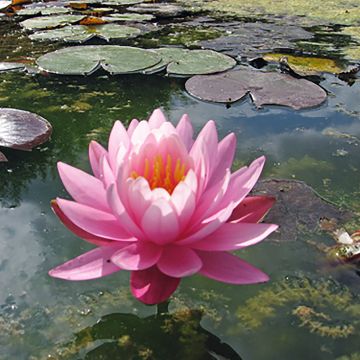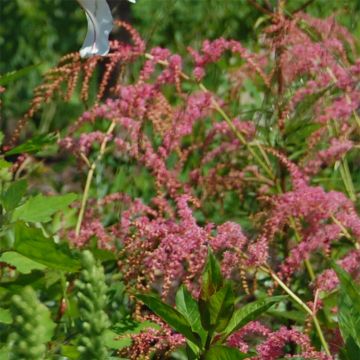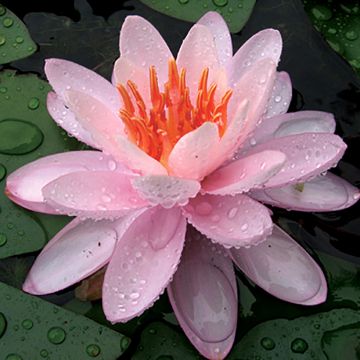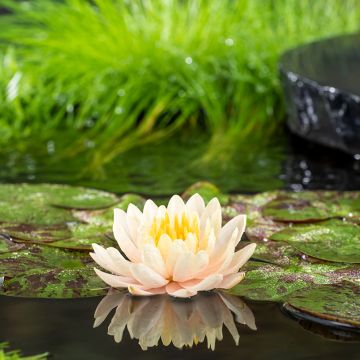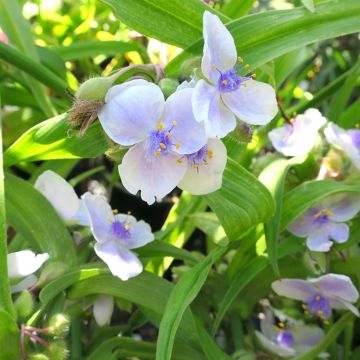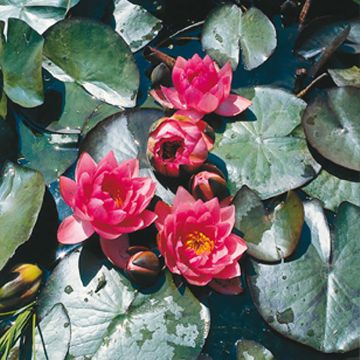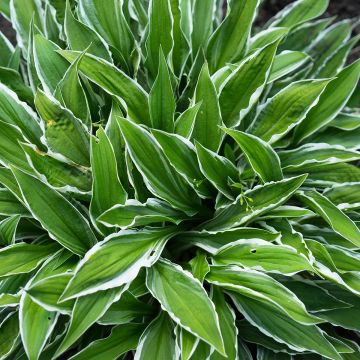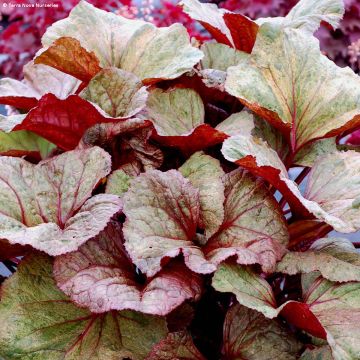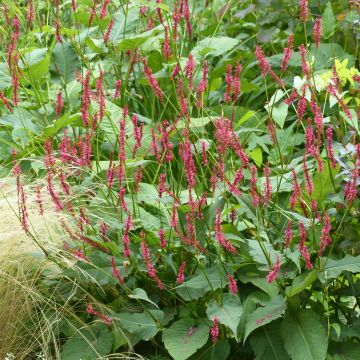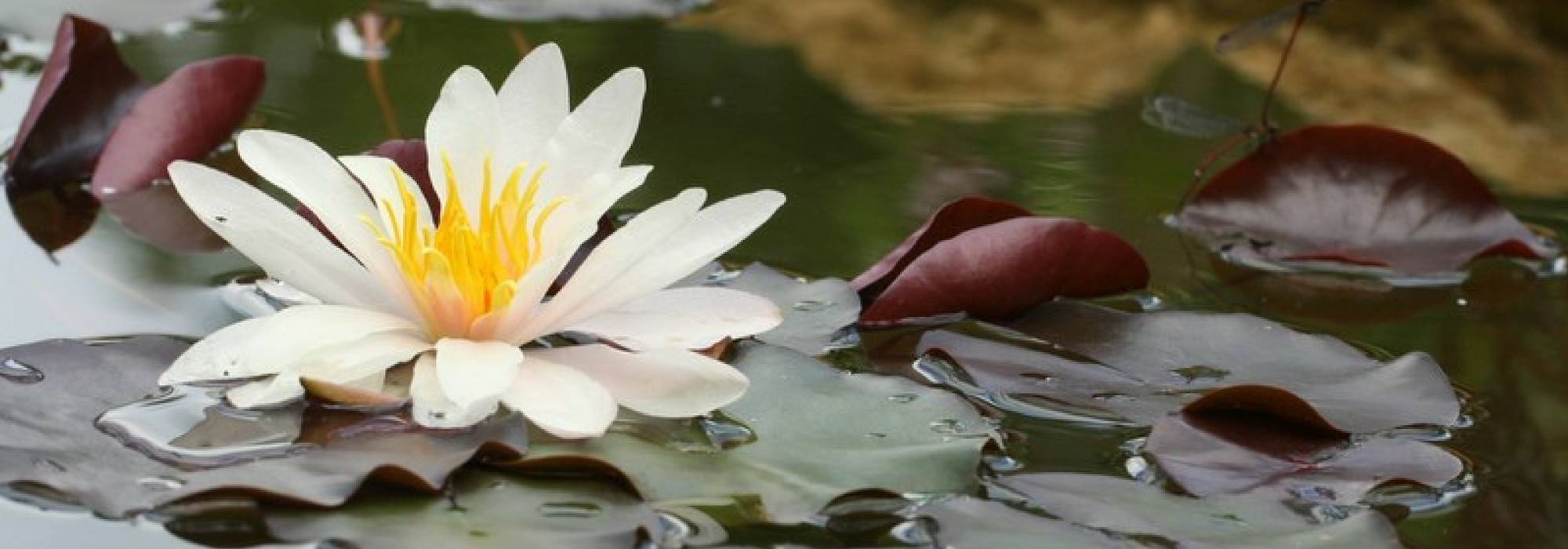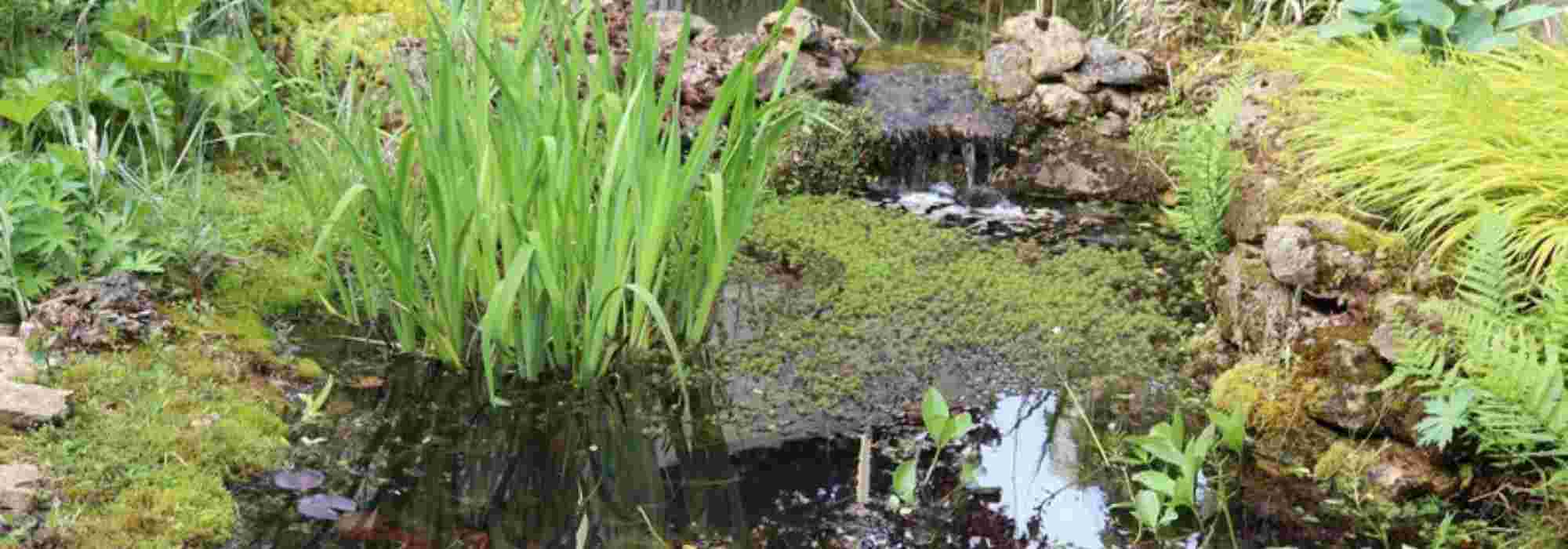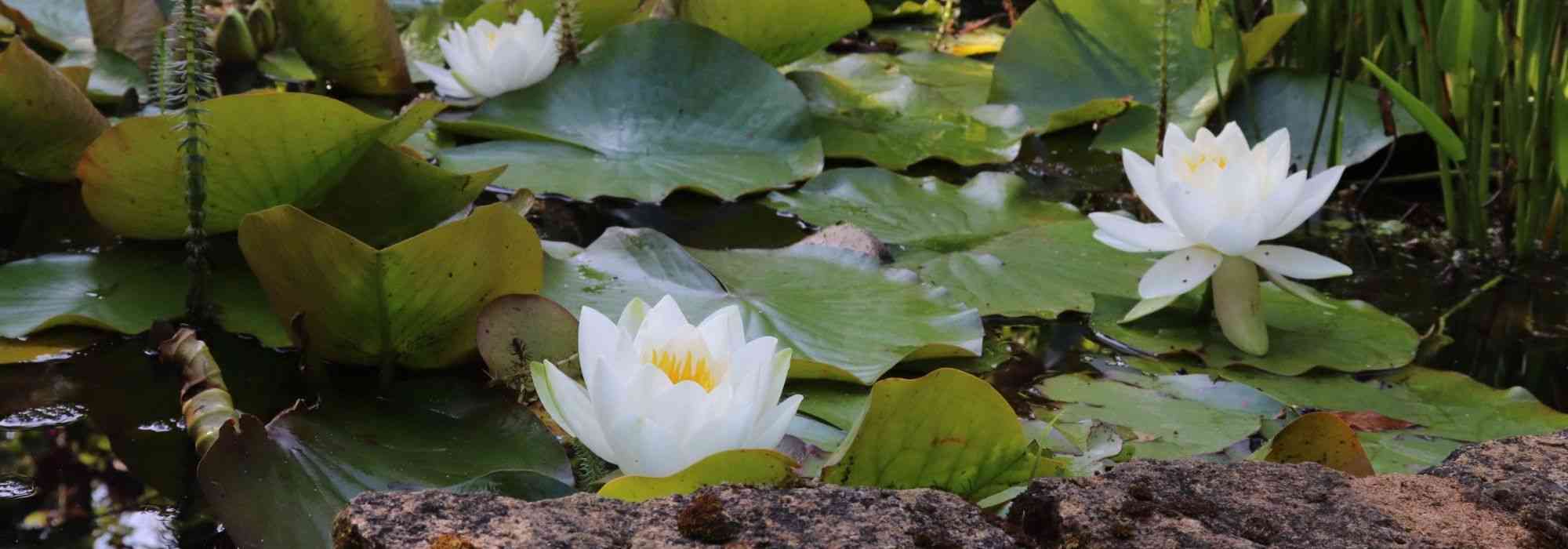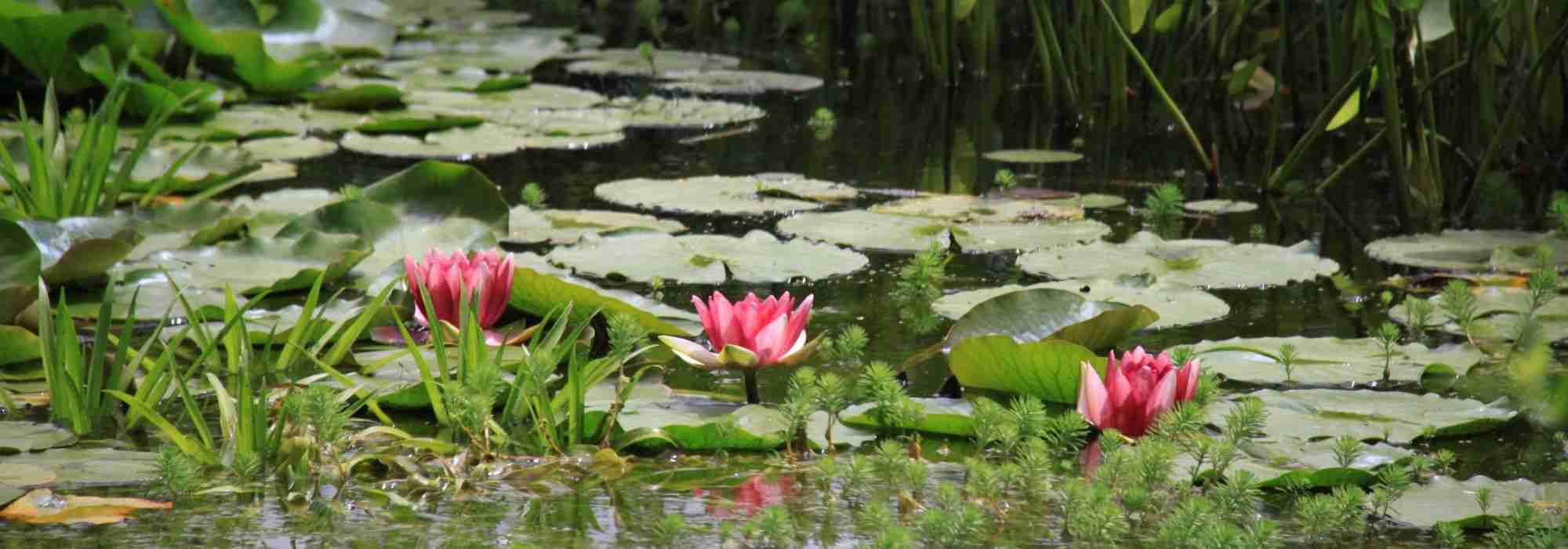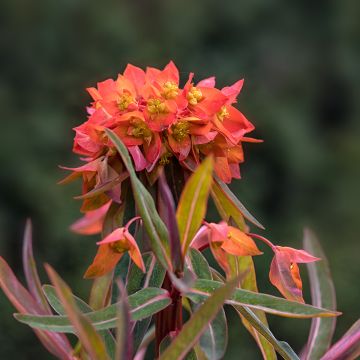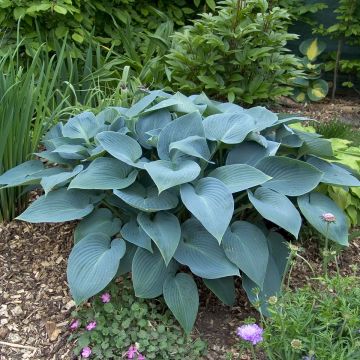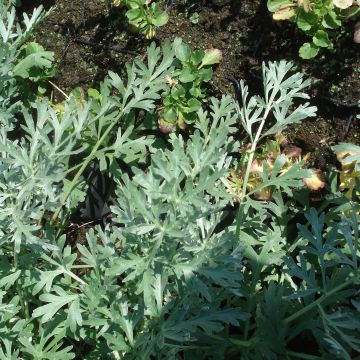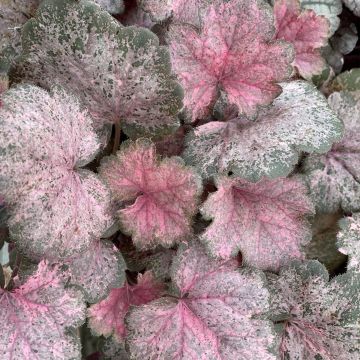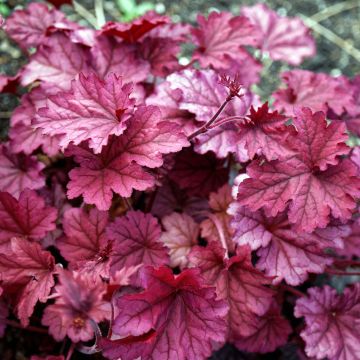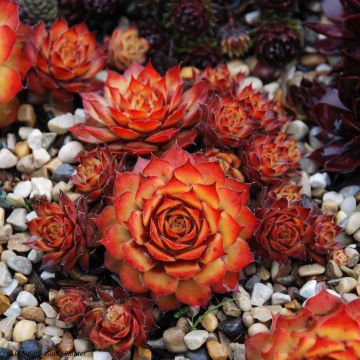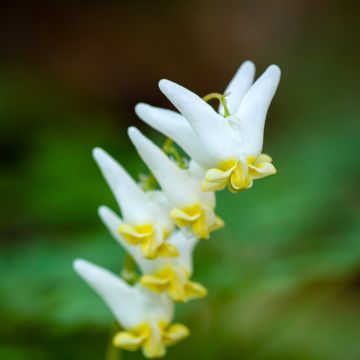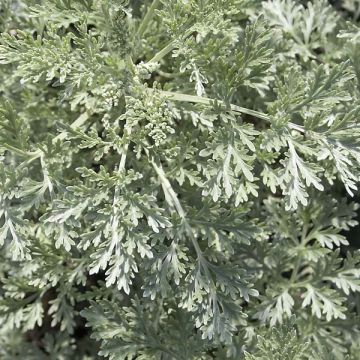

Glyceria maxima Variegata
Glyceria maxima Variegata
Glyceria maxima Variegata
Reed Sweet-grass
Waterlogged young plant (soil and leaves), soaked quickly, I hope it will recover.
Sandrine, 18/11/2021
Special offer!
Receive a €20 voucher for any order over €90 (excluding delivery costs, credit notes, and plastic-free options)!
1- Add your favorite plants to your cart.
2- Once you have reached €90, confirm your order (you can even choose the delivery date!).
3- As soon as your order is shipped, you will receive an email containing your voucher code, valid for 3 months (90 days).
Your voucher is unique and can only be used once, for any order with a minimum value of €20, excluding delivery costs.
Can be combined with other current offers, non-divisible and non-refundable.
Home or relay delivery (depending on size and destination)
Schedule delivery date,
and select date in basket
This plant carries a 12 months recovery warranty
More information
We guarantee the quality of our plants for a full growing cycle, and will replace at our expense any plant that fails to recover under normal climatic and planting conditions.
Would this plant suit my garden?
Set up your Plantfit profile →
Description
Glyceria maxima 'Variegata' is an aquatic grass with variegated foliage that spreads through rootstocks. It forms large slender and flexible tufts, which are green variegated with cream or white. The spikelets appear in late summer and are greenish-purple. Ideal for muddy, wet, and marshy soils. This perennial stabilises banks. It adds a romantic and wild aspect to aquatic scenes.
The variegated reed sweet-grass belongs to the Poaceae family. It is a semi-aquatic perennial grass that forms a large and fairly dense tuft through its running rootstocks. It reaches a height of 60 to 100cm (24 to 39in) and can colonise a significant area. Its long, flat, and elegantly arched leaves are a beautiful green striated with white-cream. The leaves are filled with sap that has a sweet taste. The young shoots are reddish-pink. In late autumn, the foliage takes on pink to purple-red hues. In late summer, it develops paniculate panicles measuring 10 to 40cm (4 to 16in), adorned with greenish to purplish spikelets measuring 5 to 12mm (1in) in length.
Glyceria maxima 'Variegata' is a hardy perennial. It appreciates rich, consistently moist to wet soils and can also be cultivated in submerged water up to 10cm (4in). It can also be grown in a pot or even in drier soil where its growth will be more limited. Glyceria maxima 'Variegata' is naturally used on the banks of ponds, streams, or natural basins where it helps stabilise the muddy ground. Its bright foliage forms beautiful contrasts with that of other aquatic plants, such as pontederias or irises. This plant is beneficial to wildlife as it provides a breeding ground and excellent spawning sites for fish and amphibians. Glycerias are also widely used in lagoon areas for pond purification.
Report an error about the product description
Glyceria maxima Variegata in pictures
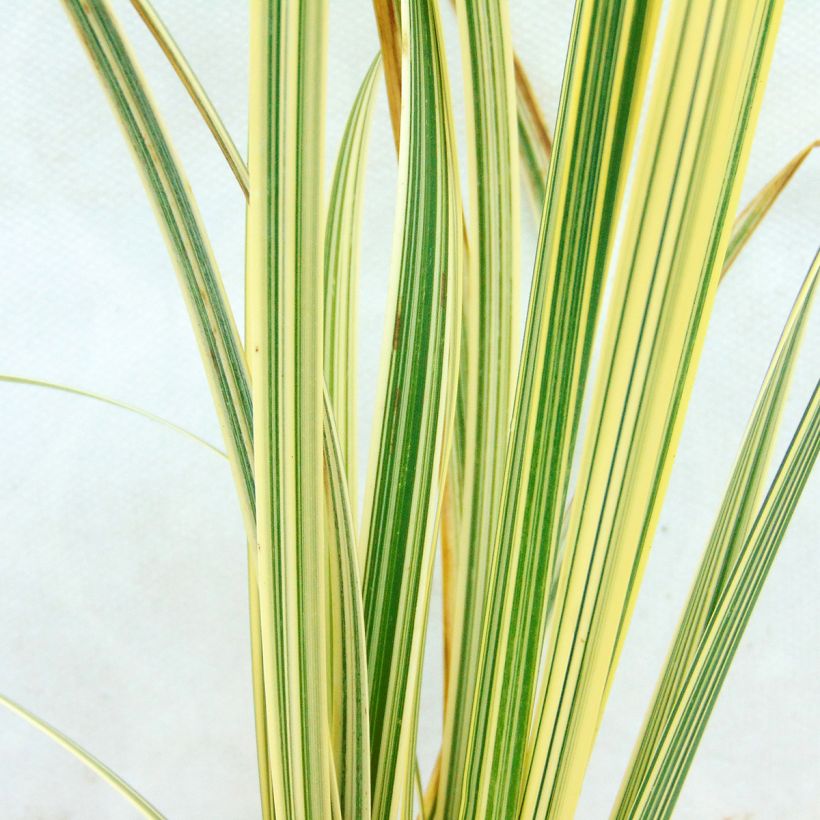

Flowering
Foliage
Plant habit
Botanical data
Glyceria
maxima
Variegata
Poaceae
Reed Sweet-grass
Cultivar or hybrid
Other Aquatic plants
View all →Planting and care
Glyceria maxima 'Variegata' appreciates rich and consistently moist to wet soils and can also be grown in a submerged water feature up to 10cm (4in) deep. Allow for ample space as it can be quite invasive. It can also be grown in a pot or in a drier soil where its growth will be more limited. It is not recommended to use them in ponds with flexible liners, as there is a risk of perforation by the rootstocks. Plant in any season, depending on the climate, in full sun or partial shade. At the end of winter, remove any dried foliage. The flowering can even be removed to promote the development of foliage.
Planting period
Intended location
Care
Planting & care advice
-
, onOrder confirmed
Reply from on Promesse de fleurs
Similar products
Haven't found what you were looking for?
Hardiness is the lowest winter temperature a plant can endure without suffering serious damage or even dying. However, hardiness is affected by location (a sheltered area, such as a patio), protection (winter cover) and soil type (hardiness is improved by well-drained soil).

Photo Sharing Terms & Conditions
In order to encourage gardeners to interact and share their experiences, Promesse de fleurs offers various media enabling content to be uploaded onto its Site - in particular via the ‘Photo sharing’ module.
The User agrees to refrain from:
- Posting any content that is illegal, prejudicial, insulting, racist, inciteful to hatred, revisionist, contrary to public decency, that infringes on privacy or on the privacy rights of third parties, in particular the publicity rights of persons and goods, intellectual property rights, or the right to privacy.
- Submitting content on behalf of a third party;
- Impersonate the identity of a third party and/or publish any personal information about a third party;
In general, the User undertakes to refrain from any unethical behaviour.
All Content (in particular text, comments, files, images, photos, videos, creative works, etc.), which may be subject to property or intellectual property rights, image or other private rights, shall remain the property of the User, subject to the limited rights granted by the terms of the licence granted by Promesse de fleurs as stated below. Users are at liberty to publish or not to publish such Content on the Site, notably via the ‘Photo Sharing’ facility, and accept that this Content shall be made public and freely accessible, notably on the Internet.
Users further acknowledge, undertake to have ,and guarantee that they hold all necessary rights and permissions to publish such material on the Site, in particular with regard to the legislation in force pertaining to any privacy, property, intellectual property, image, or contractual rights, or rights of any other nature. By publishing such Content on the Site, Users acknowledge accepting full liability as publishers of the Content within the meaning of the law, and grant Promesse de fleurs, free of charge, an inclusive, worldwide licence for the said Content for the entire duration of its publication, including all reproduction, representation, up/downloading, displaying, performing, transmission, and storage rights.
Users also grant permission for their name to be linked to the Content and accept that this link may not always be made available.
By engaging in posting material, Users consent to their Content becoming automatically accessible on the Internet, in particular on other sites and/or blogs and/or web pages of the Promesse de fleurs site, including in particular social pages and the Promesse de fleurs catalogue.
Users may secure the removal of entrusted content free of charge by issuing a simple request via our contact form.
The flowering period indicated on our website applies to countries and regions located in USDA zone 8 (France, the United Kingdom, Ireland, the Netherlands, etc.)
It will vary according to where you live:
- In zones 9 to 10 (Italy, Spain, Greece, etc.), flowering will occur about 2 to 4 weeks earlier.
- In zones 6 to 7 (Germany, Poland, Slovenia, and lower mountainous regions), flowering will be delayed by 2 to 3 weeks.
- In zone 5 (Central Europe, Scandinavia), blooming will be delayed by 3 to 5 weeks.
In temperate climates, pruning of spring-flowering shrubs (forsythia, spireas, etc.) should be done just after flowering.
Pruning of summer-flowering shrubs (Indian Lilac, Perovskia, etc.) can be done in winter or spring.
In cold regions as well as with frost-sensitive plants, avoid pruning too early when severe frosts may still occur.
The planting period indicated on our website applies to countries and regions located in USDA zone 8 (France, United Kingdom, Ireland, Netherlands).
It will vary according to where you live:
- In Mediterranean zones (Marseille, Madrid, Milan, etc.), autumn and winter are the best planting periods.
- In continental zones (Strasbourg, Munich, Vienna, etc.), delay planting by 2 to 3 weeks in spring and bring it forward by 2 to 4 weeks in autumn.
- In mountainous regions (the Alps, Pyrenees, Carpathians, etc.), it is best to plant in late spring (May-June) or late summer (August-September).
The harvesting period indicated on our website applies to countries and regions in USDA zone 8 (France, England, Ireland, the Netherlands).
In colder areas (Scandinavia, Poland, Austria...) fruit and vegetable harvests are likely to be delayed by 3-4 weeks.
In warmer areas (Italy, Spain, Greece, etc.), harvesting will probably take place earlier, depending on weather conditions.
The sowing periods indicated on our website apply to countries and regions within USDA Zone 8 (France, UK, Ireland, Netherlands).
In colder areas (Scandinavia, Poland, Austria...), delay any outdoor sowing by 3-4 weeks, or sow under glass.
In warmer climes (Italy, Spain, Greece, etc.), bring outdoor sowing forward by a few weeks.































